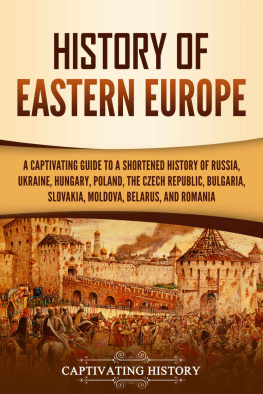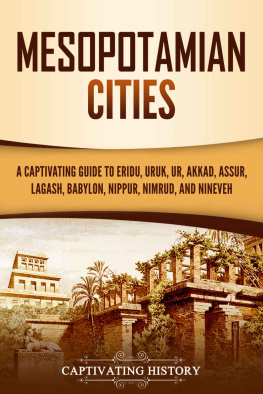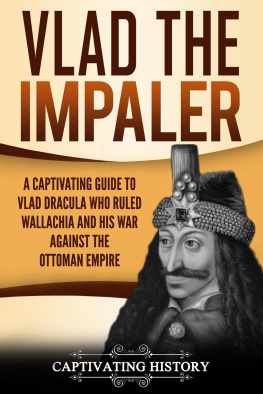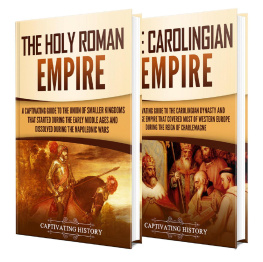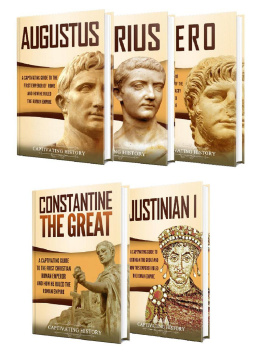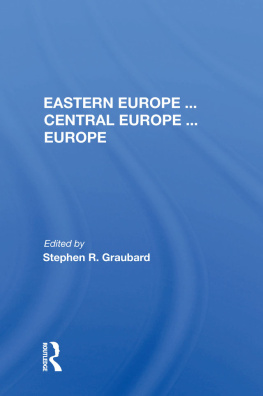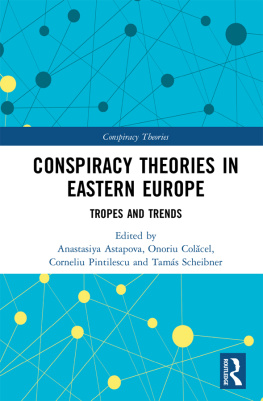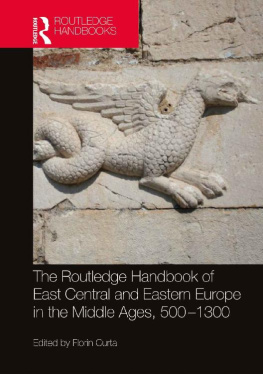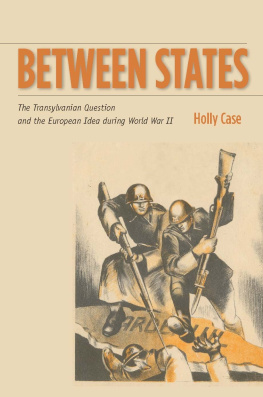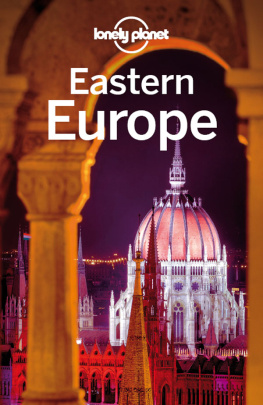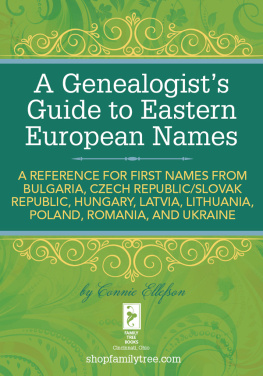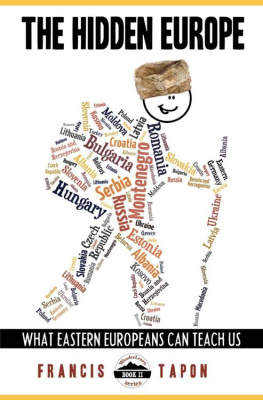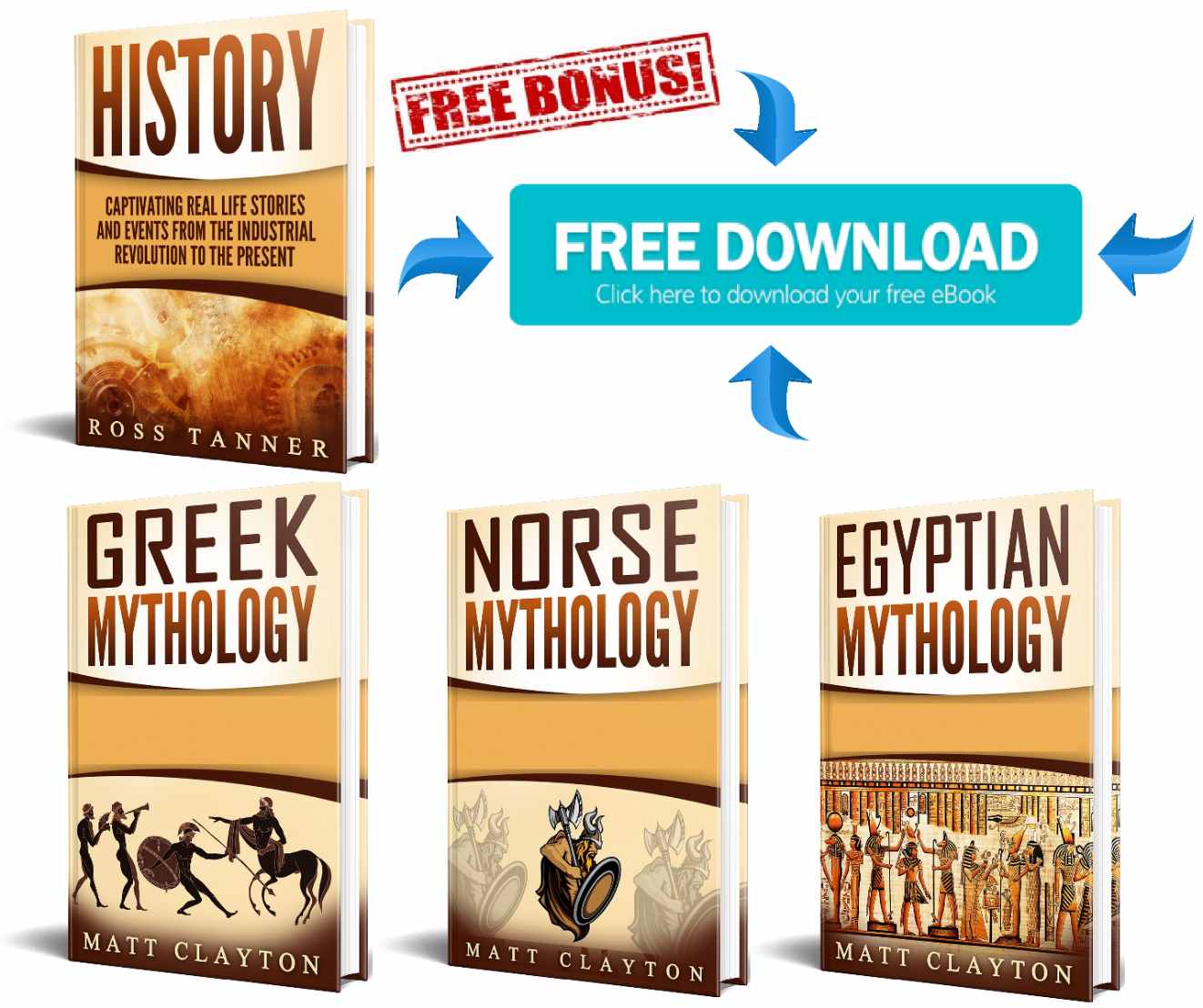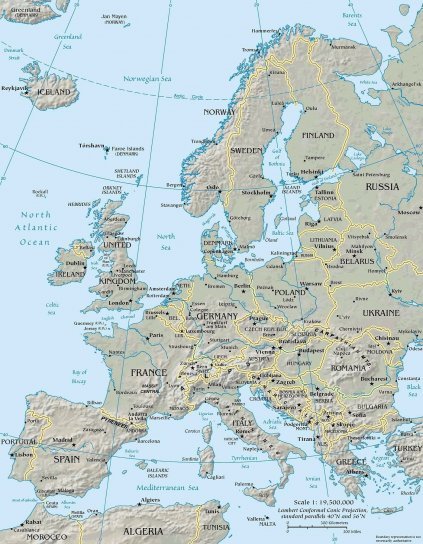Captivating History - History of Eastern Europe: A Captivating Guide to a Shortened History of Russia, Ukraine, Hungary, Poland, the Czech Republic, Bulgaria, Slovakia, Moldova, Belarus, and Romania
Here you can read online Captivating History - History of Eastern Europe: A Captivating Guide to a Shortened History of Russia, Ukraine, Hungary, Poland, the Czech Republic, Bulgaria, Slovakia, Moldova, Belarus, and Romania full text of the book (entire story) in english for free. Download pdf and epub, get meaning, cover and reviews about this ebook. year: 2021, publisher: Captivating History, genre: Religion. Description of the work, (preface) as well as reviews are available. Best literature library LitArk.com created for fans of good reading and offers a wide selection of genres:
Romance novel
Science fiction
Adventure
Detective
Science
History
Home and family
Prose
Art
Politics
Computer
Non-fiction
Religion
Business
Children
Humor
Choose a favorite category and find really read worthwhile books. Enjoy immersion in the world of imagination, feel the emotions of the characters or learn something new for yourself, make an fascinating discovery.
- Book:History of Eastern Europe: A Captivating Guide to a Shortened History of Russia, Ukraine, Hungary, Poland, the Czech Republic, Bulgaria, Slovakia, Moldova, Belarus, and Romania
- Author:
- Publisher:Captivating History
- Genre:
- Year:2021
- Rating:4 / 5
- Favourites:Add to favourites
- Your mark:
History of Eastern Europe: A Captivating Guide to a Shortened History of Russia, Ukraine, Hungary, Poland, the Czech Republic, Bulgaria, Slovakia, Moldova, Belarus, and Romania: summary, description and annotation
We offer to read an annotation, description, summary or preface (depends on what the author of the book "History of Eastern Europe: A Captivating Guide to a Shortened History of Russia, Ukraine, Hungary, Poland, the Czech Republic, Bulgaria, Slovakia, Moldova, Belarus, and Romania" wrote himself). If you haven't found the necessary information about the book — write in the comments, we will try to find it.
- The Greek and Roman influence in Eastern Europe
- The Migration Period, aka the Barbarian Invasions
- Charlemagne and the Holy Roman Empire
- The Mongol invasions
- Christian Europe vs. the Ottoman Empire
- The fall of Constantinople
- The rise of Russia and its famous rulers, like Ivan the Terrible and Catherine the Great
- The path to World War I and World War II
- The Jewish experience in Eastern Europe
- The Soviet Union and the Eastern Bloc
- The fall of the Berlin Wall and the end of communism
- The conflicts in Bosnia and Kosovo
- The 2014 Russian annexation of Crimea
Captivating History: author's other books
Who wrote History of Eastern Europe: A Captivating Guide to a Shortened History of Russia, Ukraine, Hungary, Poland, the Czech Republic, Bulgaria, Slovakia, Moldova, Belarus, and Romania? Find out the surname, the name of the author of the book and a list of all author's works by series.

